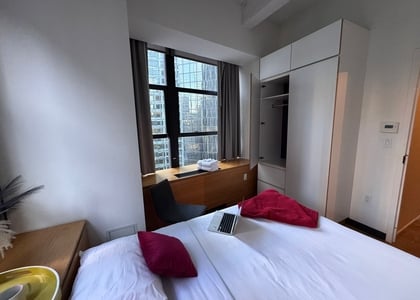When there are hundreds of tenants looking to sublet their apartments out there, you need to make sure you understand all rents and expenses that come with the sublet. Does the rent you pay the tenant include utilities and electricity? Are there any hidden costs?
In addition, you should confirm that the landlord is aware of the sublet and agrees to it. Many buildings in NYC don't allow subletting, and it is not uncommon to see tenants go around their landlords and secretly sublet the apartments. But it eventually will bring you, the subtenant, more problems if the landlord finds out about the sublet.
Last but certainly not least, always sign a sublease and specify the terms. Remember, this piece of paper is very important, and it can protect you if anything happens.
Now, set out on a journey with RentHop, and find your next apartment. Good luck!
Yes, you are at the right place! With RentHop, you will be able to sublet your apartment in no time. Advertising your apartment for sublet is easy with RentHop, and when we say "easy", we mean really easy. Simply take a few good photos of your apartment, put in a description and amenities included in the unit and the building, and voilà! Your apartment will be visible and searchable to thousands of renters looking for apartments out there. Looking to break the lease? We've got your back, too! What are you waiting for?

























